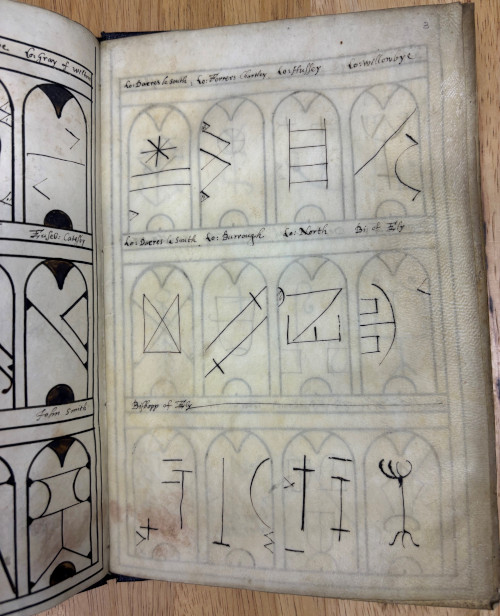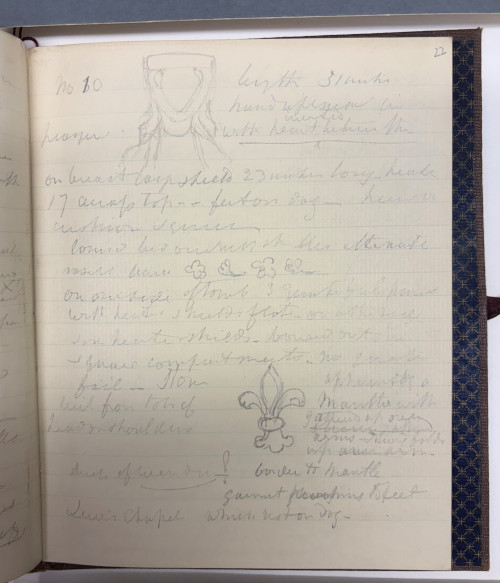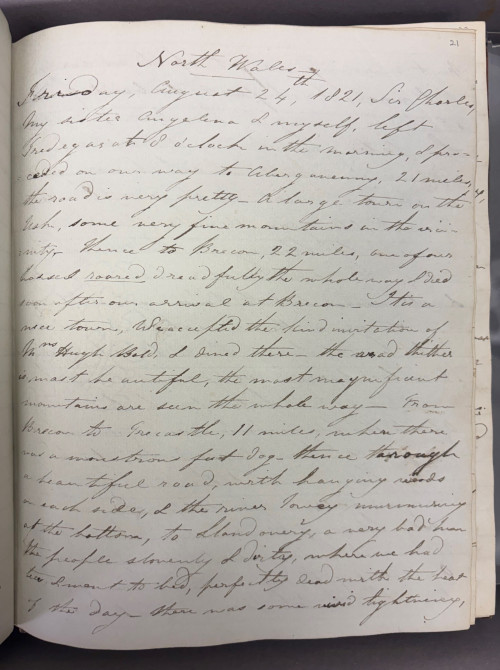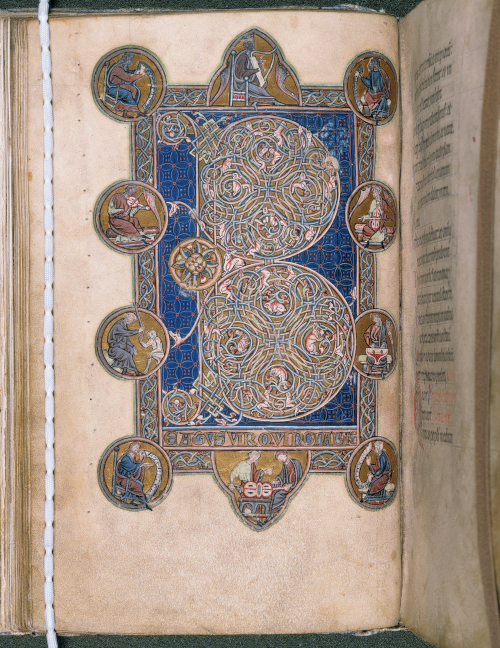Archives Hub feature for October 2024
The Society of Antiquaries of London was founded in 1707 and received its Royal charter in 1751. It is a Learned Society, with the stated aim of “the encouragement, advancement and furtherance of the study and knowledge of antiquities and history in this and other countries”.
Originally a peripatetic organisation (which is just a fancy way of saying we held show-and-tell sessions in various taverns around central London), it moved into Somerset House in 1780. The advantage of fixed premises was the ability to begin collecting a large range of printed books and historical objects as well as manuscripts, thus forming the beginning of the Society’s collections.
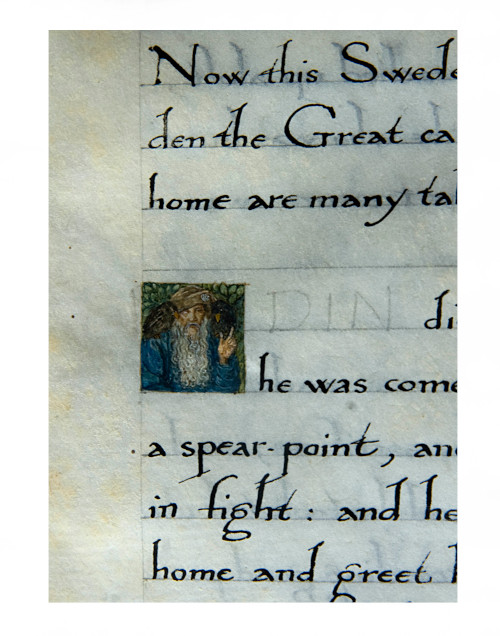
150 years ago, in 1874, the Society moved to its current premises in Burlington House on Piccadilly, where we are yet again running out of shelf space as the archive and manuscripts collections have steadily grown. They comprise the organisational records of the Society, medieval manuscripts (including beautiful Books of Hours and not one but three copies of Magna Carta) and personal, usually academic research, collections of Fellows and associated historians. In addition the Archivist is responsible for the collections of photographs, early 20th-century glass slides and two of the largest collections in the country of heraldic bookplates and brass rubbings.
‘Miscellaneous’ is a word that archivists really don’t like to use, but this collection does feature a large number of small fonds which have a specific focus on a person or a niche interest.
A prime example of the latter is the collection of Norman Ticehurst (1873-1969) on swan marks – specific shapes incised into the beaks of mute swans to identify by whom they were owned. This was practiced from the 15th to the 19th century, accompanied by the creation of official rolls that documented the marks and their legal ownership.
Ticehurst meticulously catalogued over 60 of these rolls in collections around the country, with beautifully drawn sketches of the swans’ beaks. In addition to his notes and catalogues he also donated three original swan rolls to the Society, thus suddenly making us the custodians of a subject we knew very little about! We were very lucky to have the expertise and generosity of a current Fellow of the Society who helped us to catalogue the collection in detail, bringing acquisition and research of archival material almost to a full circle.
Ticehurst was a surgeon in his day job and spent his spare time on his interests in ornithology and history. In contrast, Octavius Morgan (1803-1888), four times Vice-President of the Society, came from a privileged family and inherited a small fortune, allowing him to pursue his antiquarian studies alongside being a Member of Parliament for Monmouthshire.
As well as specific notebook on his interests in local studies such as monuments in Abergavenny church and multiple volumes of historical notes on Monmouthshire, the Octavius Morgan collection includes a volume describing “two tours in Great Britain made by Charles Octavius Morgan with members of his family”. We were even more excited to discover that he actually made these tours while a rather grumpy teenager – 16 and 17 respectively.
In 2022 we received funding from the University of Oxford for a recent PhD to intern with the Society and work on the Morgan travel journals. In addition to digitising and transcribing them, he created a map of the Morgan family’s routes through Northern England and North Wales, which can be accessed here. The relevant entries are transcribed at every stopping point, so you can share in his delights at the “most beautiful” road to Brecon and suffer in “a very bad inn” in Llandovery. The digital copy of the journal is available on the Society’s own catalogue.
There is not enough space to do justice to every unexpected find in the collections, but whether you’re interested in Pre-Norman crosses in Staffordshire, glass quarrel panes, megalithic monuments, medieval tiles, the history of horses, holy wells, armorial book stamps, military architecture in Malta or ancient bridges you may find that at some point a Fellow of the Society shared your passion!
Kat Petersen
Archivist
Society of Antiquaries of London
Related
Descriptions of other collections held by the Society of Antiquaries of London can be found on Archives Hub here.
Images copyright Society of Antiquaries of London. Reproduced with the kind permission of the copyright holders.

